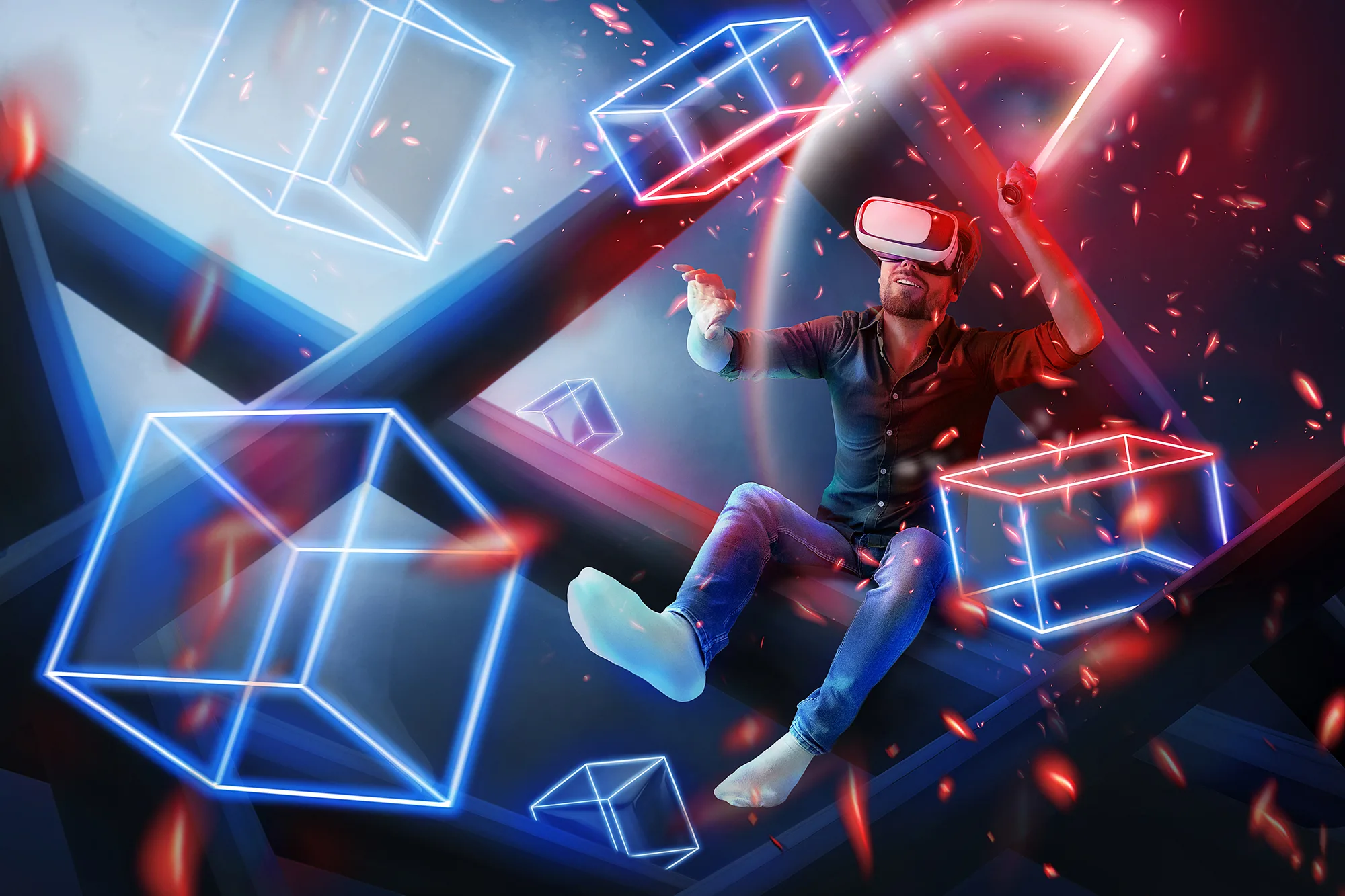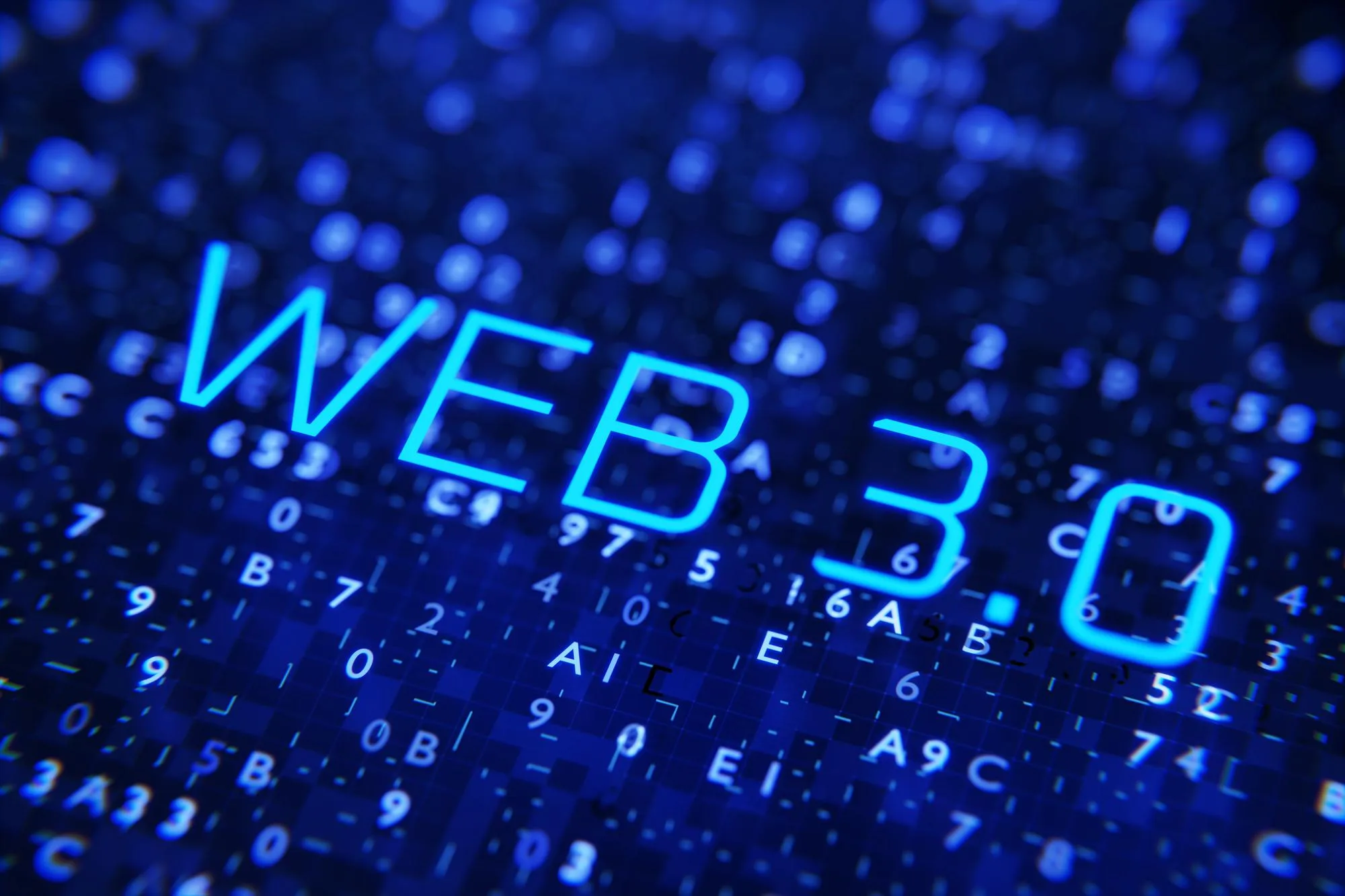- 🕹️ Gaming Blockchains: Revolutionizing the Future of Interactive Entertainment
- What Are Gaming Blockchains?
- How Do Gaming Blockchains Work?
- The Rise of Blockchain Gaming: A Historical Perspective
- Benefits of Gaming Blockchains
- Challenges Facing Gaming Blockchains
- Popular Gaming Blockchains in 2025
- Top Blockchain Games You Should Know
- How to Get Started with Gaming Blockchains (Beginner’s Guide)
- The Economics Behind Play-to-Earn (P2E) Models
- The Future of Gaming Blockchains
- Frequently Asked Questions
- Conclusion: The Next Level of Digital Play
🕹️ Gaming Blockchains: Revolutionizing the Future of Interactive Entertainment
In 2025, the line between gaming and digital finance is fading fast. Gaming Blockchains are reshaping the way players interact, trade, and earn in virtual worlds. From true digital ownership to player-driven economies, this technology is redefining what it means to play.
For beginners curious about how blockchain and gaming intersect, this guide offers a complete overview — from how gaming blockchains work to which projects are leading the revolution.
What Are Gaming Blockchains?
The Core Concept of Blockchain in Gaming
At its core, a gaming blockchain is a decentralized network that records, secures, and verifies every transaction within a game. Instead of game data being stored on centralized servers owned by a company, blockchain-based games distribute data across thousands of nodes. This ensures transparency, security, and immutable recordkeeping.
How Gaming Blockchains Differ from Traditional Gaming Platforms
Traditional gaming relies on proprietary systems — where game developers control assets, rules, and economies. In contrast, blockchain games allow players to truly own their in-game assets as non-fungible tokens (NFTs). This means your digital sword, car, or armor isn’t just data on a server — it’s a verified, tradeable asset you control.
How Do Gaming Blockchains Work?
Smart Contracts and Game Mechanics
Smart contracts are automated, self-executing agreements coded directly into a blockchain. In gaming, they define the rules of interaction — ensuring fair play, transparent outcomes, and tamper-proof logic.
NFTs and Digital Ownership in Blockchain Games
NFTs (Non-Fungible Tokens) represent unique in-game assets, from skins and weapons to characters and land. They give players real-world ownership, enabling secure buying, selling, or trading across different platforms.
Role of Tokens and In-Game Economies
Many games use native cryptocurrencies for in-game transactions. These tokens can often be exchanged for real money, creating a Play-to-Earn (P2E) model where skill and time translate into tangible value.
The Rise of Blockchain Gaming: A Historical Perspective
Early Experiments with Blockchain Games
Blockchain gaming began with simple collectible projects like CryptoKitties (2017), which proved that NFTs could represent unique digital items.
Milestone Projects and the Evolution of Play-to-Earn Models
Between 2020 and 2023, projects like Axie Infinity and Decentraland brought massive attention to blockchain gaming, showing that gamers could make real income through decentralized ecosystems.
Benefits of Gaming Blockchains
True Ownership of Digital Assets
Players truly own their items and can transfer or sell them independently — a huge departure from traditional, closed ecosystems.
Transparency and Security
Blockchain records all transactions publicly, minimizing cheating, hacks, and fraud.
Player-Driven Economies
Game economies evolve based on player interaction, not developer restrictions, creating a more dynamic gaming landscape.
Cross-Platform Interoperability
Assets on one blockchain can often be used across multiple games or platforms — expanding the scope of player creativity and freedom.
Challenges Facing Gaming Blockchains
While Gaming Blockchains promise innovation and empowerment, they also face substantial challenges that developers and players must understand before diving in.
Scalability and High Transaction Costs
One of the most significant technical barriers is scalability. Popular blockchains like Ethereum often experience network congestion, leading to slow transaction times and high gas fees.
For gaming, where microtransactions are constant, this becomes impractical. As a result, developers are turning to Layer 2 solutions such as Polygon and Immutable X, which allow faster, cheaper transactions without compromising security.
Environmental Concerns and Sustainability Issues
Traditional blockchains once relied heavily on proof-of-work (PoW) consensus, consuming vast amounts of energy. However, with the shift toward proof-of-stake (PoS) and eco-friendly protocols, the gaming industry is actively addressing sustainability.
Many modern gaming blockchains — including Solana and Avalanche — boast carbon-neutral footprints, appealing to environmentally conscious players.
Market Volatility and Speculative Risks
While owning tradable in-game assets sounds lucrative, it also introduces market risks. The volatile nature of crypto prices can make in-game economies unstable. To combat this, developers now integrate stablecoins or dual-token systems to maintain balance and protect player investments.
Popular Gaming Blockchains in 2025
Immutable X
Immutable X leads the way as a Layer 2 solution built on Ethereum, specializing in NFT-based gaming. It offers zero gas fees for trading, instant transactions, and a carbon-neutral ecosystem — making it a preferred choice for developers building large-scale blockchain games.
Ronin Network
Initially developed for Axie Infinity, Ronin provides a dedicated sidechain optimized for gaming performance. Its scalability and low-cost transactions helped push Axie Infinity to millions of active users.
Polygon Gaming Ecosystem
Polygon has become the go-to platform for developers who need Ethereum compatibility with faster processing speeds. Games like The Sandbox and Zed Run utilize Polygon’s efficient network to enable seamless NFT interactions.
Solana and High-Speed Gaming Solutions
Solana’s blazing-fast transaction speeds (up to 65,000 TPS) make it ideal for real-time, action-based games. Its minimal transaction costs and growing developer community have turned it into a hub for next-generation gaming projects.
Top Blockchain Games You Should Know
Axie Infinity
A pioneer of the Play-to-Earn (P2E) model, Axie Infinity allows players to earn tokens (SLP and AXS) by battling and breeding creatures called Axies. The game has redefined how players perceive gaming income.
Illuvium
Illuvium combines stunning visuals with NFT-based exploration and combat. Built on Immutable X, it merges decentralized finance (DeFi) with gaming, offering players true asset ownership and staking rewards.
Gods Unchained
One of the first major NFT card games, Gods Unchained enables players to collect, trade, and battle with blockchain-verified cards, ensuring authenticity and permanent ownership.
Star Atlas
Set in a futuristic universe, Star Atlas runs on Solana and merges space exploration with a player-owned economy. It showcases the potential of metaverse integration in gaming.
How to Get Started with Gaming Blockchains (Beginner’s Guide)
Setting Up a Crypto Wallet
To play most blockchain games, you’ll need a crypto wallet such as MetaMask, Phantom, or Trust Wallet. These wallets store your digital assets, NFTs, and in-game tokens securely.
Choosing a Blockchain Game Platform
Next, explore game marketplaces like Ultra.io, Epic Games Web3 Section, or OpenSea for NFT games. Always research the blockchain network each game uses and verify its legitimacy before investing.
Buying and Managing NFTs Safely
When purchasing NFTs, use verified marketplaces. Avoid sharing private keys and enable two-factor authentication (2FA) for extra security. Since blockchain transactions are irreversible, caution is key.
The Economics Behind Play-to-Earn (P2E) Models
Understanding Tokenomics
Every successful P2E game has a carefully designed tokenomics structure — balancing utility, rewards, and scarcity. Tokens are often used for governance, staking, and trading within the ecosystem.
Reward Systems and Player Incentives
P2E models reward active participation. Players can earn tokens by winning battles, crafting items, or contributing to community growth. This model not only enhances engagement but also provides real financial incentives.
The Future of Gaming Blockchains
Metaverse Integration and Cross-Chain Play
The metaverse is the next frontier for Gaming Blockchains. Projects are now linking multiple blockchain networks to enable cross-chain play, where assets and avatars move seamlessly across different virtual worlds.
Decentralized Autonomous Organizations (DAOs) in Gaming
Many blockchain games are governed by DAOs, allowing players to vote on updates, rules, and game expansions. This fosters community ownership and decentralization, aligning with blockchain’s core principles.
Predictions for the Next 5 Years
By 2030, analysts predict blockchain gaming will surpass $100 billion in market value, with millions of daily users. Enhanced scalability, mainstream adoption, and VR integration will make blockchain gaming a standard industry feature.
Frequently Asked Questions
Conclusion: The Next Level of Digital Play
Gaming Blockchains represent the dawn of a new gaming era — one defined by ownership, freedom, and financial empowerment. For beginners, understanding the fundamentals of blockchain-based gaming can open doors to opportunities that traditional platforms never offered.
While challenges remain, innovation is moving fast. With eco-friendly solutions, improved scalability, and mainstream integration, blockchain gaming is set to become the cornerstone of digital entertainment in the next decade.
For a deeper dive into the latest gaming blockchain statistics and tools, check out CoinTelegraph’s Blockchain Gaming Hub




Discussion (0)